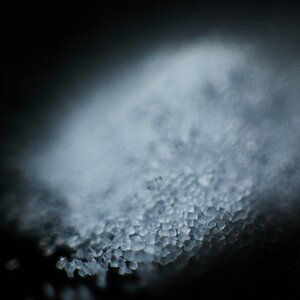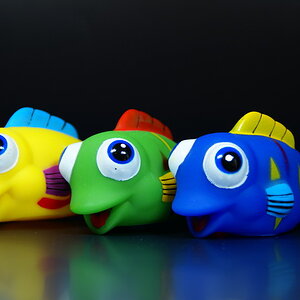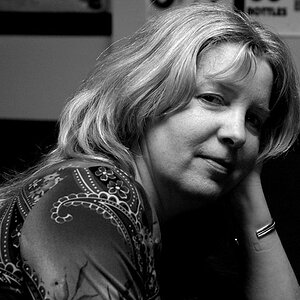Hi guys,
Let's make a few things clear for the start I would call myself an intermediate photographer, who does product/lifestyle/animal photography. My photos go to my clients' websites, blogs, online stores, Facebook and Instagram accounts etc. I also shoot some video of the same sort.
I'm more into showing products in an interesting, nice looking setting, than white background/packshot stuff - this I don't do and it does not interest me. I guess you could call it a lifestyle product photography and videography.
Currently, my equipment is a pretty budget one. I use two softboxes and a small led lamp Funsports CN-160. I also try to use as much of natural light as possible, though it is not always the right light and I don't want to depend on the sun so much, too.
I want to start investing in my lighting. I like continuous light, allowing me to see exactly how everything is lit before taking a shot. I am wondering if two big led lamps like Yongnuo or something similar will create daylight conditions in my small studio, lighting my setups nicely and allowing to shoot easily?
Yongnuo YN1200W LED Daylight Video Light YN1200W B&H Photo Video
What do you guys recommend? Is that a good idea? I need them for video also.
Another thing I am considering is a kit like Bowens 400 RX. It's no longer available, so I would be interested in something similar of that kind. What would you recommend?
Bowens Gemini 400Rx 2 Head Kit (90-120VAC) BW-4765TXUS B&H Photo
Does that make sense for the kind of work I do? I'd like to have a continuous lighting that would work both in my photo and video work. And I would also like to try strobe lighting to improve my results, as I've noticed strobes seem to make products more pop up - is that correct?
Let's make a few things clear for the start I would call myself an intermediate photographer, who does product/lifestyle/animal photography. My photos go to my clients' websites, blogs, online stores, Facebook and Instagram accounts etc. I also shoot some video of the same sort.
I'm more into showing products in an interesting, nice looking setting, than white background/packshot stuff - this I don't do and it does not interest me. I guess you could call it a lifestyle product photography and videography.
Currently, my equipment is a pretty budget one. I use two softboxes and a small led lamp Funsports CN-160. I also try to use as much of natural light as possible, though it is not always the right light and I don't want to depend on the sun so much, too.
I want to start investing in my lighting. I like continuous light, allowing me to see exactly how everything is lit before taking a shot. I am wondering if two big led lamps like Yongnuo or something similar will create daylight conditions in my small studio, lighting my setups nicely and allowing to shoot easily?
Yongnuo YN1200W LED Daylight Video Light YN1200W B&H Photo Video
What do you guys recommend? Is that a good idea? I need them for video also.
Another thing I am considering is a kit like Bowens 400 RX. It's no longer available, so I would be interested in something similar of that kind. What would you recommend?
Bowens Gemini 400Rx 2 Head Kit (90-120VAC) BW-4765TXUS B&H Photo
Does that make sense for the kind of work I do? I'd like to have a continuous lighting that would work both in my photo and video work. And I would also like to try strobe lighting to improve my results, as I've noticed strobes seem to make products more pop up - is that correct?


![[No title]](/data/xfmg/thumbnail/35/35669-485de67e98a042d63d728593720828a0.jpg?1619737091)
![[No title]](/data/xfmg/thumbnail/35/35667-929554d4a99c11e00cc6fb65672d03e0.jpg?1619737090)
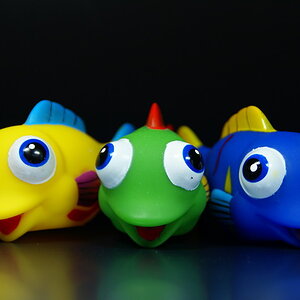
![[No title]](/data/xfmg/thumbnail/35/35262-02f8eba4a2a92dbae0b55547bba80b4f.jpg?1619736968)
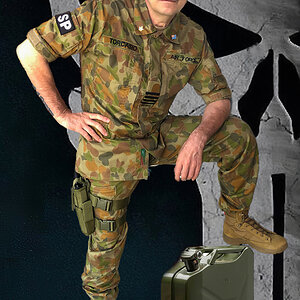
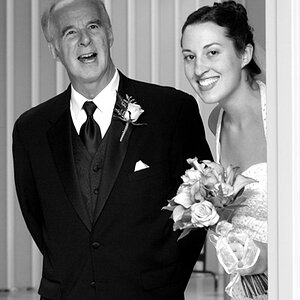
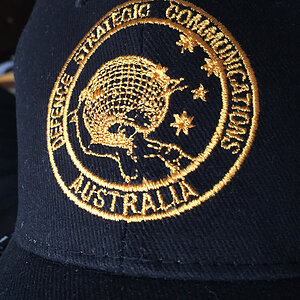
![[No title]](/data/xfmg/thumbnail/38/38263-ad5e4c9e677626ddb5b1e7cdf9ebe40e.jpg?1619738548)

